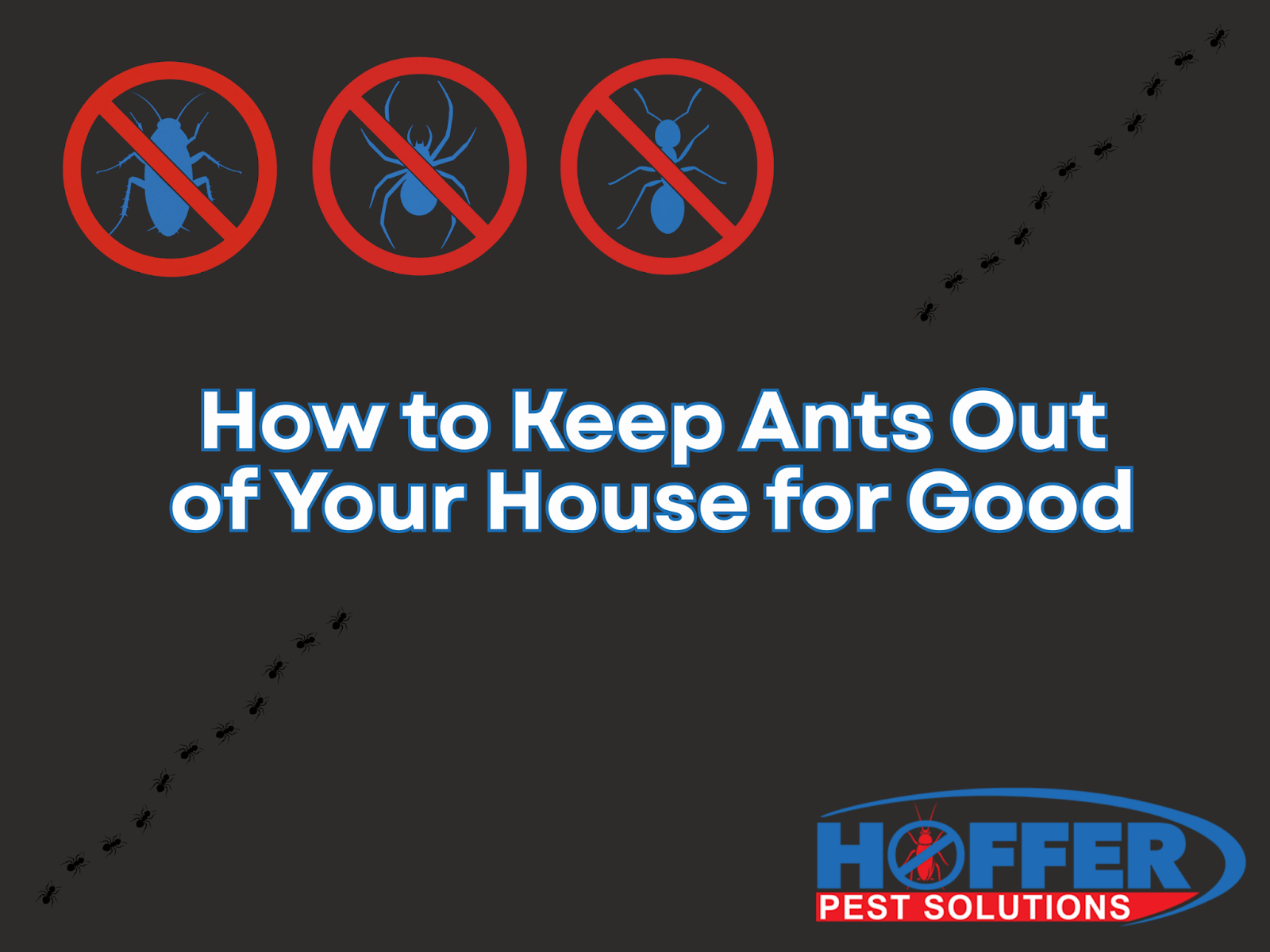Keep ants out of your house by sealing entry points, cleaning food spills, and using safe baits or natural repellents.
Hoffer Pest Solutions has seen firsthand how quickly ants can overrun kitchens, bathrooms, and even pet feeding areas. For over 40 years, we’ve helped families across South Florida take back their homes using eco-friendly, pet-safe treatments designed to stop infestations at the root.
Below, we’ll cover the exact steps you can take to keep ants out of your house for good, why Florida’s environment makes infestations so persistent, and when it’s time to call in professional help. If you’re ready for a deeper look at prevention and control strategies, let’s get started.
Stop Ants at the Source: Sealing & Prevention
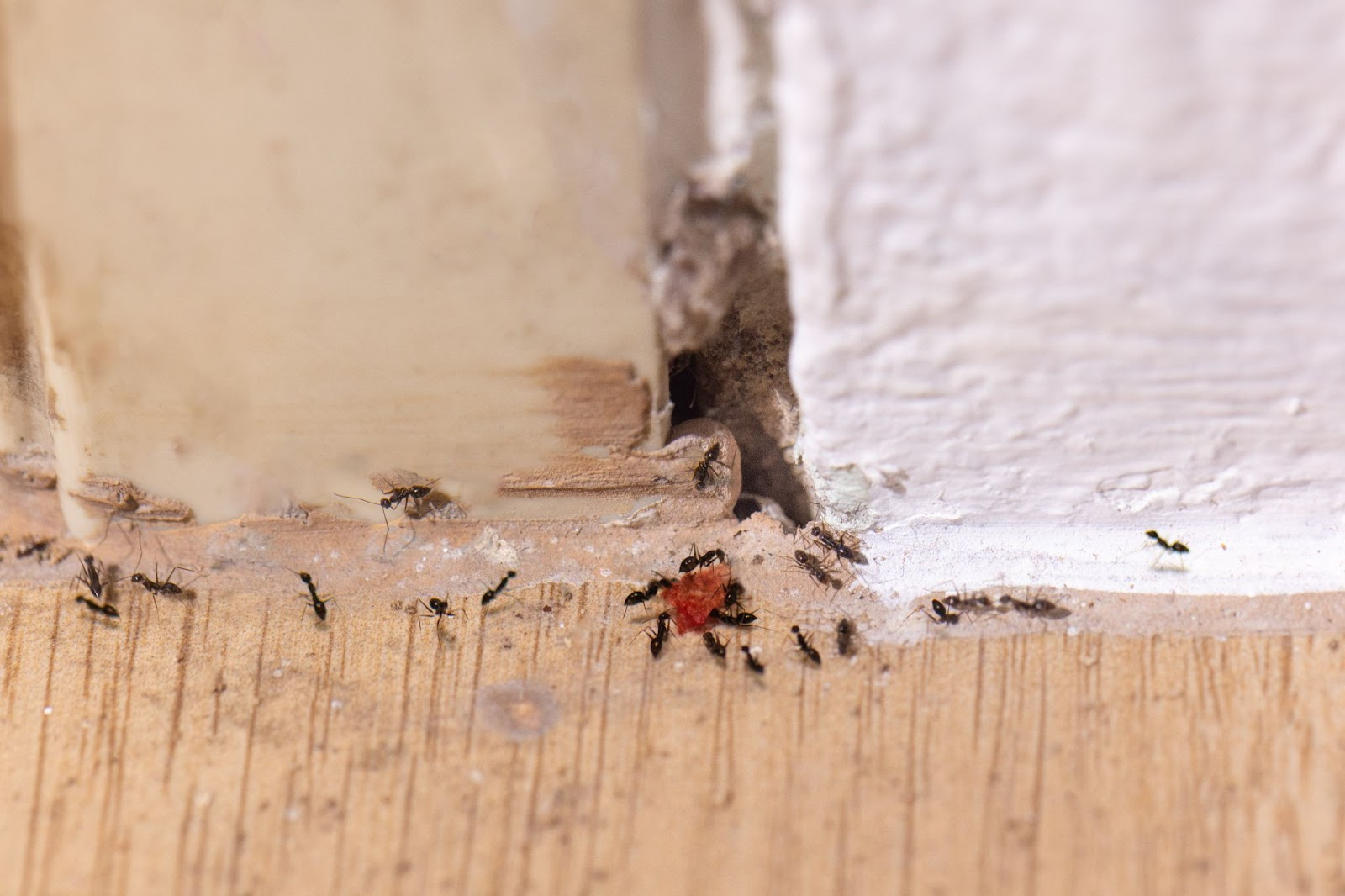
Seal Entry Points the Right Way
The first line of defense is closing off the paths ants use to get inside. Caulking cracks, repairing ripped window screens, and sealing gaps near floorboards all help reduce access. But ants are persistent, and in South Florida they often exploit structural weaknesses like moisture-damaged wood or openings around plumbing lines.
That’s why professional exclusion work is so effective. We identify hidden entryways around pipes, vents, and structural gaps that ants routinely exploit. Addressing these vulnerabilities early prevents infestations from recurring.
Outdoor Barriers Matter
The outside of your home plays a huge role in whether ants make it inside. Vegetation touching walls, overgrown vines, and yard debris all provide bridges and shelter for ants to climb directly into entry points. Keeping shrubs trimmed and removing clutter makes your home far less attractive.
For added protection, many homeowners use perimeter sprays along windows, doors, and foundations. The key is choosing options that balance effectiveness with safety. Eco-friendly perimeter treatments are available that stop ants before they enter while being safe for families, pets, and Florida’s sensitive environment. If you need help, get in touch with us.
Keep Ants Away from Food & Pet Areas
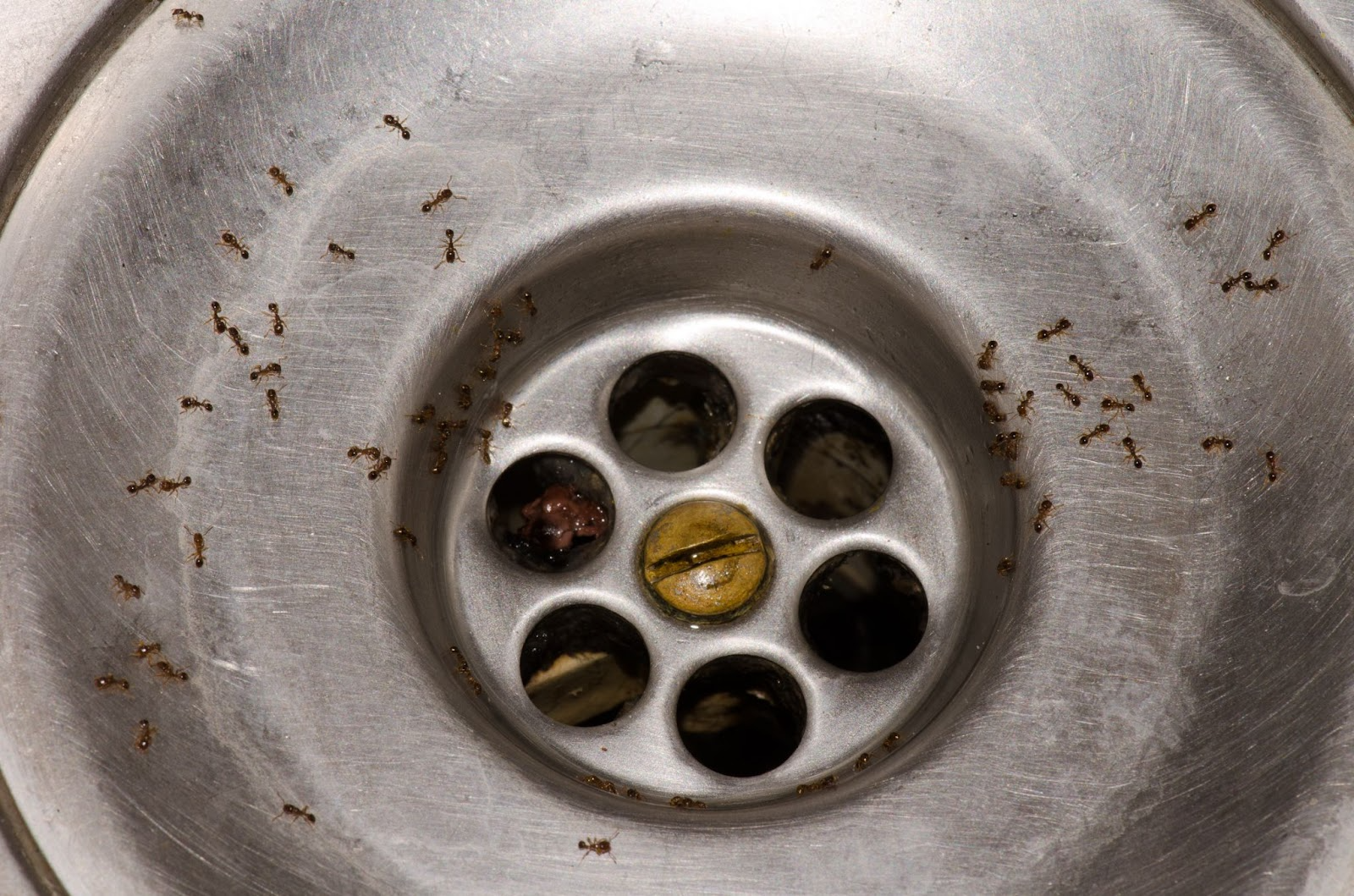
Control Kitchen Hotspots
The kitchen is the heart of most ant problems. Crumbs under appliances, sugar jars without tight seals, and sticky counters create an all-you-can-eat buffet for ants. Daily wipe-downs, immediate dishwashing, and airtight storage for pantry goods dramatically reduce attraction.
Ants also navigate by pheromone trails left behind by other workers. Removing these invisible highways is just as significant as cleaning up food. A simple solution of vinegar and water disrupts their scent markers. Even household tools like a Swiffer WetJet can erase trails while killing the ants on contact.
Protect Pet Food Bowls
Pet owners know the struggle: no sooner does your dog or cat finish eating than ants swarm the bowl. Standard advice is to clean bowls immediately after meals and avoid leaving kibble out overnight.
For added protection, a thin layer of food-grade diatomaceous earth can be sprinkled near feeding areas. Unlike chemical sprays, this natural powder is safe around pets but deadly to ants, dehydrating them on contact. Elevated feeders or ant-proof bowls are also practical solutions for long-term prevention.
DIY Ant Removal That Actually Works
Natural Repellents
If you prefer natural methods, several household ingredients can keep ants at bay. Vinegar, lemon juice, and citrus rinds disrupt pheromone trails. Essential oils like peppermint, tea tree, and cinnamon leaf repel ants when sprayed along baseboards or applied on cotton balls. While effective, these remedies need frequent reapplication.
Baits That Eliminate Colonies
Killing the colony requires baiting. Borax or boric acid mixed with sugar water creates an irresistible yet lethal food source. The ants carry the mixture back to the nest, poisoning the colony over time.
However, homeowners often panic when they see more ants around bait stations in the first few days. That increase is a good sign. It means the bait is being shared widely before it takes effect. Within one to three weeks, activity typically drops sharply as the colony collapses.
For safety, always place baits where kids and pets cannot reach them. If you prefer ready-made options, commercial bait traps provide enclosed solutions with less mess.
DIY Alternatives People Swear By
Some homeowners use less conventional tricks that can still make a difference. Cornmeal, for example, is eaten by ants but cannot be digested, leading to slow colony decline over several weeks. Boiling soapy water poured directly into outdoor anthills can wipe out visible clusters on contact. Coffee grounds and cayenne pepper sprinkled around entry points serve as natural deterrents, though they require regular refreshing.
When DIY Isn’t Enough, Persistent Infestations
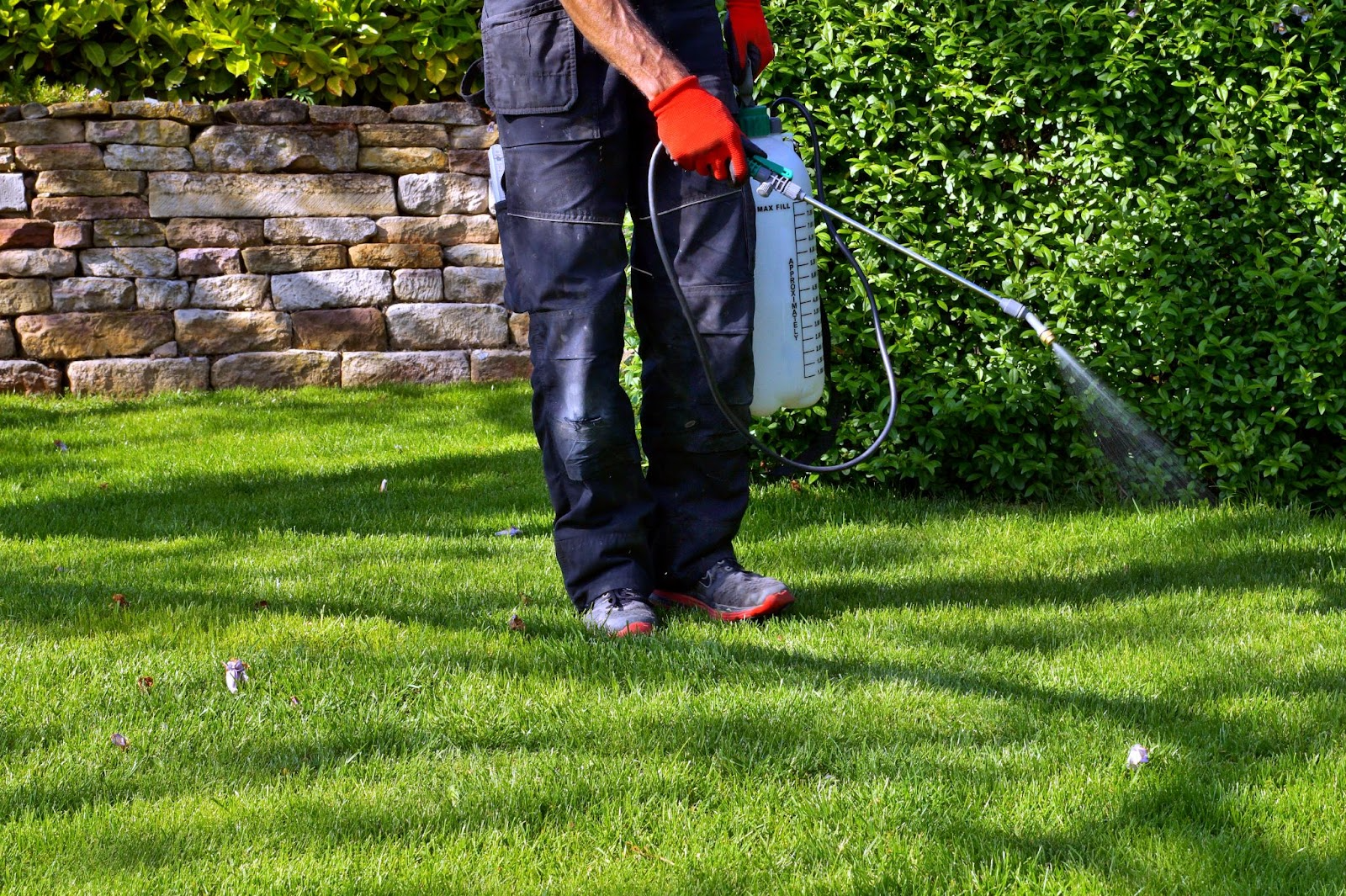
Even the most diligent homeowner may find DIY methods only go so far. Some ant colonies simply won’t take the bait, especially species like ghost ants and pharaoh ants common in Florida. They may bypass store-bought traps entirely, leaving you wondering what to try next.
When ants ignore bait, the best solution is targeted treatment designed for the specific species. Each ant type behaves differently, and the wrong product or placement often means wasted effort. Professional pest control teams can identify the species, locate hidden nests, and apply safe but effective treatments that get results.
Another common frustration is the “reinforcement swarm” effect; sprays may kill the ants you see, but the colony sends out more workers to replace them. This cycle continues until the source is eliminated. In South Florida, the combination of climate, diverse ant species, and structural vulnerabilities makes professional intervention not just helpful but often necessary.
Why Ants Invade Homes in Florida
South Florida’s warm, humid climate provides the perfect environment for ants to thrive year-round. Unlike northern states where cold weather slows them down, Florida homeowners face constant pressure from colonies looking for food and water.
Heavy rains push ants indoors as they search for dry shelter, while summer heat drives them toward cooler areas inside homes. That’s why you may notice sudden surges of activity after storms.
Several species are common here, each requiring different strategies. Ghost ants and pharaoh ants are notorious for invading kitchens and bathrooms. Carpenter ants threaten wood structures, while fire ants are infamous for painful stings. White-footed ants, another local species, can establish massive colonies that overwhelm DIY solutions.
One of the most common frustrations homeowners face is ants emerging from wooden window frames or floorboards even after sealing. The reason is simple: colonies often nest deep inside walls or multiple hidden locations. Unless the source is treated, ants will continue to find new ways inside.
Why Work with Hoffer Pest Solutions
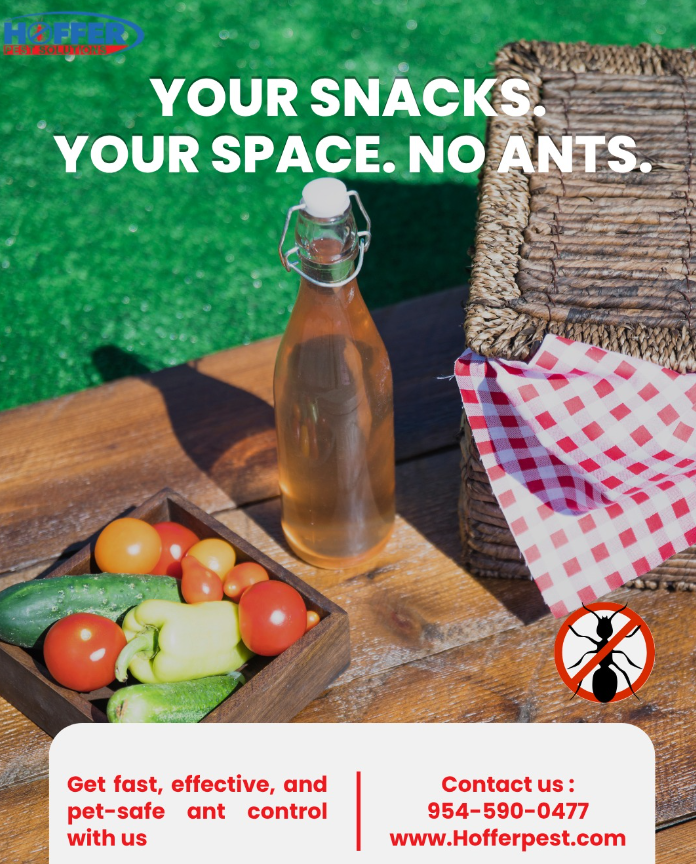
What Makes South Florida Different
Ant invasions here don’t stop when the weather cools. Warm, humid conditions allow colonies to stay active 12 months a year. Add in seasonal rains, which drive ants indoors, and you’ve got a constant challenge. Structural issues like water damage, foundation cracks, and plumbing entry points create even more opportunities for infestations.
A strategy that works in another state may not hold up in South Florida. That’s why working with a company that knows the local environment is critical for long-term relief.
The Hoffer Difference
Ant control is about protecting your home long-term. For over 40 years, we’ve served families across South Florida with same-day treatments when fast relief is needed. Our Home Shield Plans bundle protection not just for ants, but also for termites, mosquitoes, and rodents, giving you year-round peace of mind.
We pride ourselves on eco-friendly, pet-safe treatments that don’t compromise your family’s safety. Because we’re family-owned and rooted in the community, we treat every home like it’s our own. Many of our technicians have worked with us for decades, building trust and consistency you won’t find elsewhere.
When ants take over, you don’t have to face it alone. Call Hoffer Pest Solutions and let us help you take back your home today.
A Pest-Free Home Starts Here
Daily habits like sealing food, wiping trails, and maintaining your yard make a big difference, but lasting protection requires addressing colonies at their source. In Florida’s unique climate, that often means calling in help.
We understand the frustration of dealing with ants that just won’t quit. As a family-owned company serving South Florida for over 40 years, we’ve built our reputation on protecting homes with care, integrity, and proven solutions. When ants invade, give us a call and we will bring you peace of mind.
Frequently Asked Questions (FAQ)
How long do ant baits take to work?
Most baits take 1–3 weeks to collapse a colony. You may see more ants initially as they gather the poison, but this surge means the bait is spreading effectively.
Do natural remedies actually kill colonies or just repel?
Natural methods like vinegar, citrus, and essential oils repel ants and disrupt trails, but they rarely destroy colonies. For elimination, baits or professional treatments are needed.
Can ants come back even after sealing cracks?
Yes. Sealing helps, but hidden nests inside walls or multiple colonies outside can keep producing new invaders. Exclusion combined with professional treatment provides the best results.
What’s the fastest way to get rid of ants indoors?
Using bait traps while cleaning food sources and sealing entry points gives the fastest results. For persistent colonies, professional treatment is the quickest path to relief.


